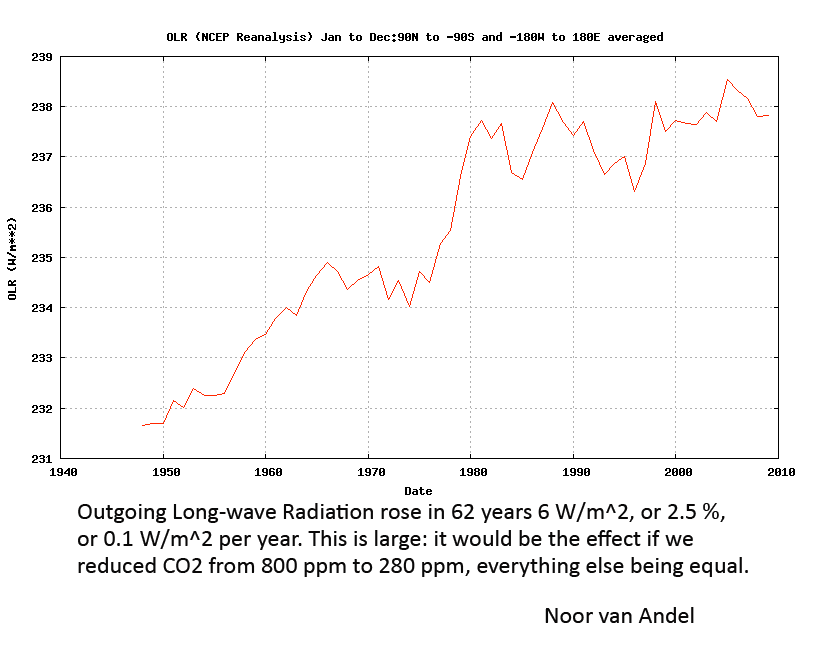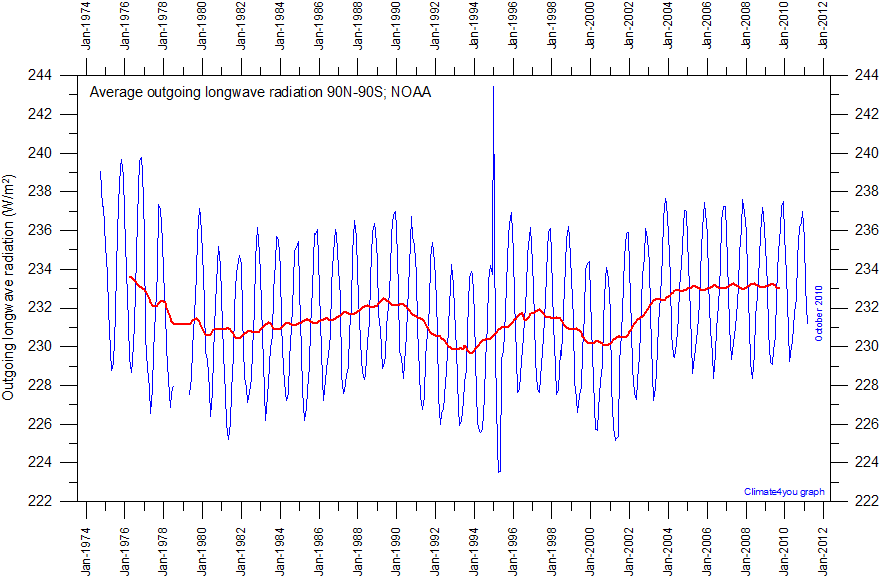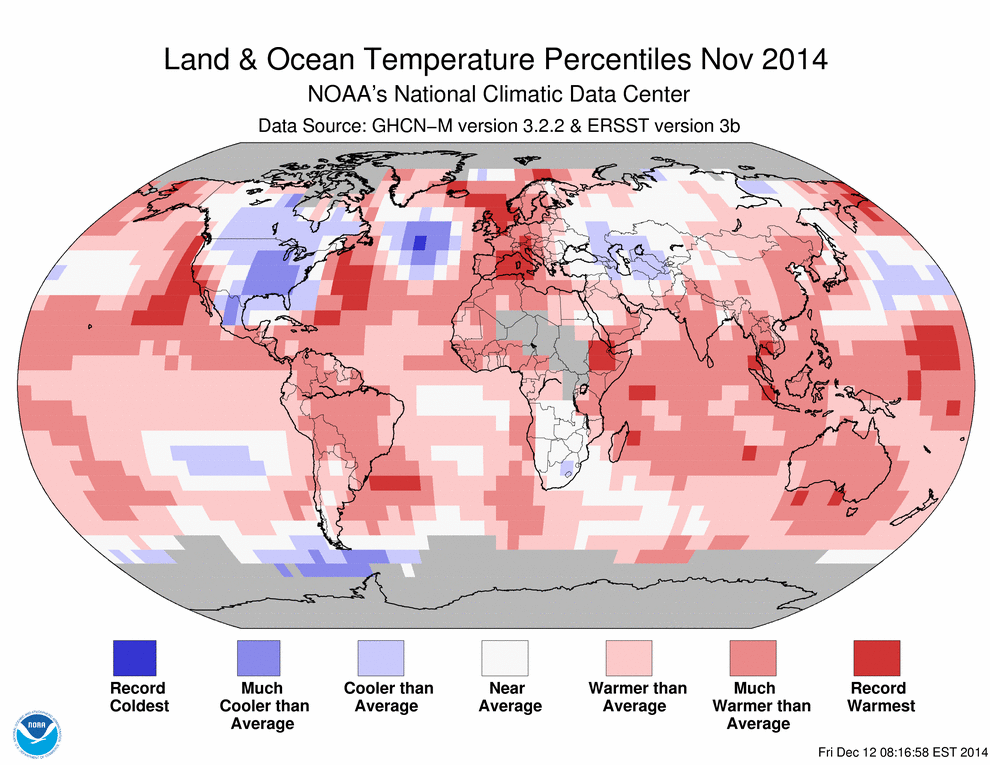Barbarian suggests:
If you thought about it for a minute, I'm sure you could figure it out. Or I could explain it to you. Think.
res replies:
actually, i replied:
it's ok for you to say you don't know :idunno:
looks like you sampled a small fraction of my answer, much like those who claim to have
valid values for ocean temperatures do :chuckle:
It's not as hard as you think. An aircraft over the ocean isn't detectable by temperature.
really?
:think:
how does a heat seeking missile work?
So neither satellite monitors nor buoys would detect it. And except for the occasional sampling done by vessels, that's how ocean surface temperature is recorded.
so now you're claiming ocean
surface temperature? :chuckle:
so, how many bouys are they using to monitor the 361 million square kilometers of ocean?
and why wouldn't satellite temperature monitors be expected to detect jet engine exhaust?
Hence, the temperature-sensing system was completely unable to track a single aircraft over the ocean. It's like expecting a thermometer to measure the speed of your car.
i can conceive of a method to calculate the speed of my car based on two thermometers :idunno:
but, as i recall, you're weak on physics
google "hygrometer" and educate yourself :thumb:
See, it wasn't that hard to figure out.
I made a simple statement, barbie:
it would be interesting to see what they base their mid-ocean data on
looks like you're still fumbling when it comes to addressing it
but we're used to that from you - it's an inherent aspect of your dishonesty
now, answer me this - how many bouys, how frequent are they taking measurements, and what are the specs for the satellite monitors - how many and how frequent?
and again, it's ok for you to say that you don't know







